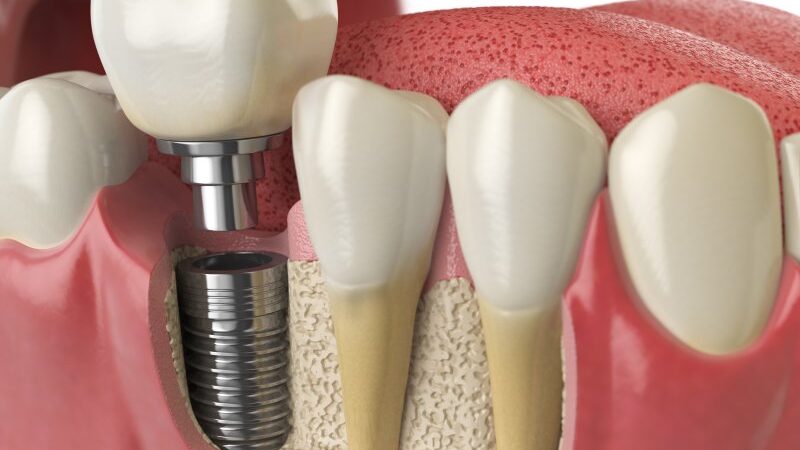What are the Different Types of IVF Embryo Transfer?

The final step in the IVF process is the IVF embryo transfer, in which a fertilized egg that’s been allowed to develop for a few days is transferred to the woman’s uterus, in which it’ll ideally implant, grow into a fetus, and lead to the delivery of a healthy baby.
During the embryo transfer procedure, the IVF embryo is loaded onto a catheter, which is then pushed through the woman’s cervix and implanted in the uterus. Anesthesia is rarely required, however, Valium might be given.
Embryo Transfer Methods:
Fresh Embryos Transfer
The transfer of fresh embryos, as the name implies, is the transfer of an embryo that hasn’t been frozen.
Frozen Embryos Transfer
A Frozen Embryo Transfer cycle involves thawing frozen embryos from a donor egg cycle or previous IVF and implanting them into a woman’s uterus.
A frozen IVF embryo transfer might be performed for a variety of reasons, including:
Medical Advice Because of Uterine Receptivity: A woman is under a condition of controlled ovarian hyperstimulation throughout an IVF cycle, which contributes a significant amount of physiological stress to her body.
In rare circumstances, the woman’s body is not able to build a lovely “home” for those embryos to be transplanted at the same time. If the woman suffers from ovarian hyperstimulation disorder, increased estrogen or progesterone levels, or a lining less than 7mm when the trigger happens, a “freeze all cycle” pursued by a FET might be recommended. This permits the expectant mother to delay implantation until the endometrium/uterus is more receptive.
A Subsequent Embryo Transfer: During a typical IVF cycle, 10 to 15 eggs are generated by controlled hyperstimulation, resulting in various high-quality embryos eligible for transfer. To improve the chances of future conception, one (often two) embryos are transferred into the uterus and the other embryos are frozen (if the initial transfer fails or if the couple wish to keep expanding their family after conceiving).
Cleavage Stage (Day 3) Transfer
Cleavage stage embryos are so named since the embryo’s cells are splitting (or cleaving), but the embryo isn’t expanding in size. This stage is normally reached on the third day, however, it might occur on the second or fourth day. They’re frequently referred to as “day three embryos.”
A few fertility specialists feel that there is no replacement for a uterus and that embryos must be returned to the uterine setting immediately. Because not all embryos last until the fifth day, transferring on the third day ensures that an embryo is in the best possible environment to grow. If there are no more than four embryos on day one, we normally advocate transferring a day three embryo.
Blastocyst Stage (Day 5) Transfer
A blastocyst is an embryo that’s matured into a single-layered cell sphere enclosing a fluid-filled cavity surrounded by a dense cell mass. Blastocysts range in size from 60 to 120 cells. This normally happens on day five, although it can happen on day six, seven, or even eight. The embryo has been divided into two types of cells at this stage: trophectoderm, the embryo’s periphery cells that create the placenta, and the ICM or inner cell mass, the dense cell mass on the interior that produces the fetus should the embryo successfully implants.
A blastocyst embryo is regarded as more “special” compared to an earlier-stage embryo because it’s more likely to be genetically normal, implant, and result in a live delivery compared to a cleavage-stage embryo.
An embryo that has reached the blastocyst stage could be also genetically examined before transfer, which could help lower the chance of miscarriage in specific populations, prevent known genetic abnormalities, and choose the child’s sex.
Single Embryo (SET or eSET) Transfer
The procedure of transferring just a single embryo into a uterus is known as a(n) (Elective) Single Embryo Transfer. This reduces the likelihood of multiples while keeping a similar rate of conception. Because of its lower risk and equivalent pregnancy rate, eSET has swiftly become the golden standard approach for transferring embryos during an IVF operation.
Transfer of Multiple Embryos
A transfer of multiple embryos is merely the transfer of over a single embryo. While it’s possible for some, there are strong standards in place that prohibit the transfer of numerous embryos.







